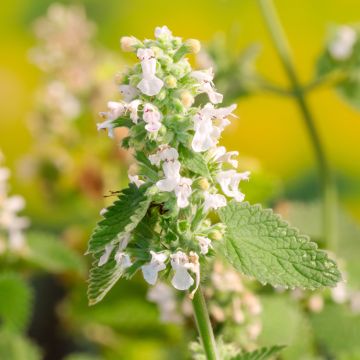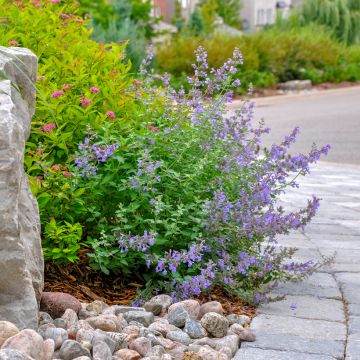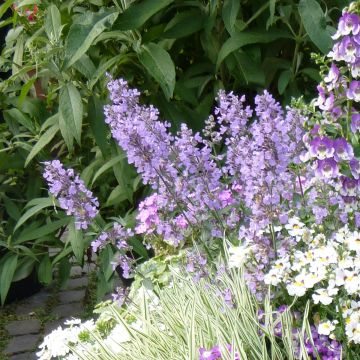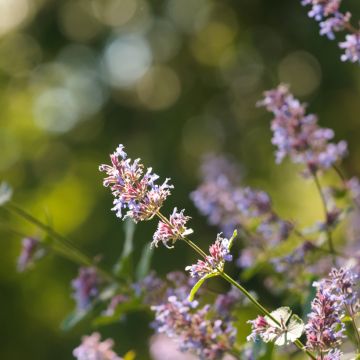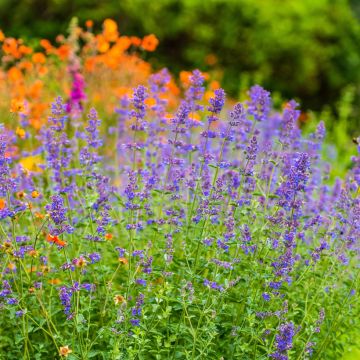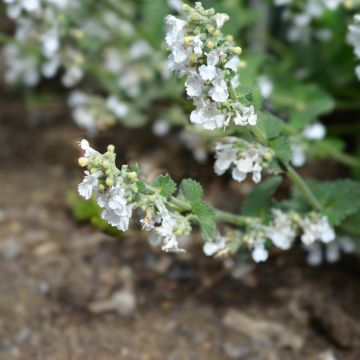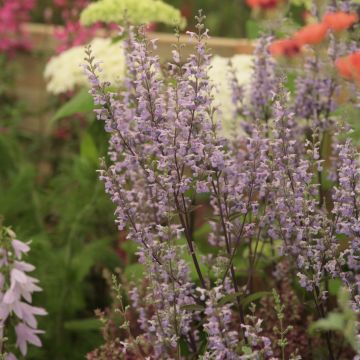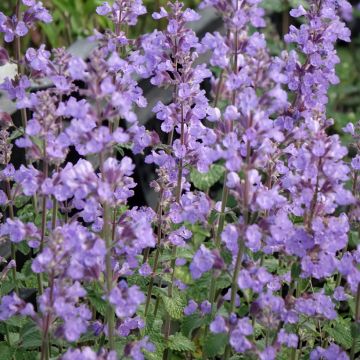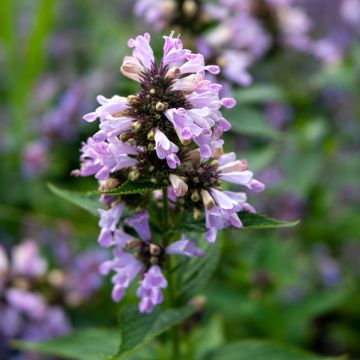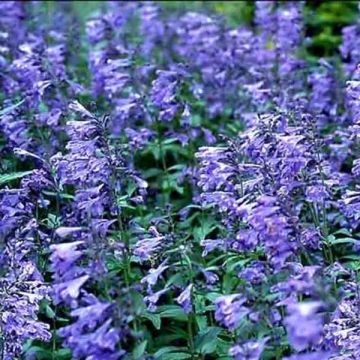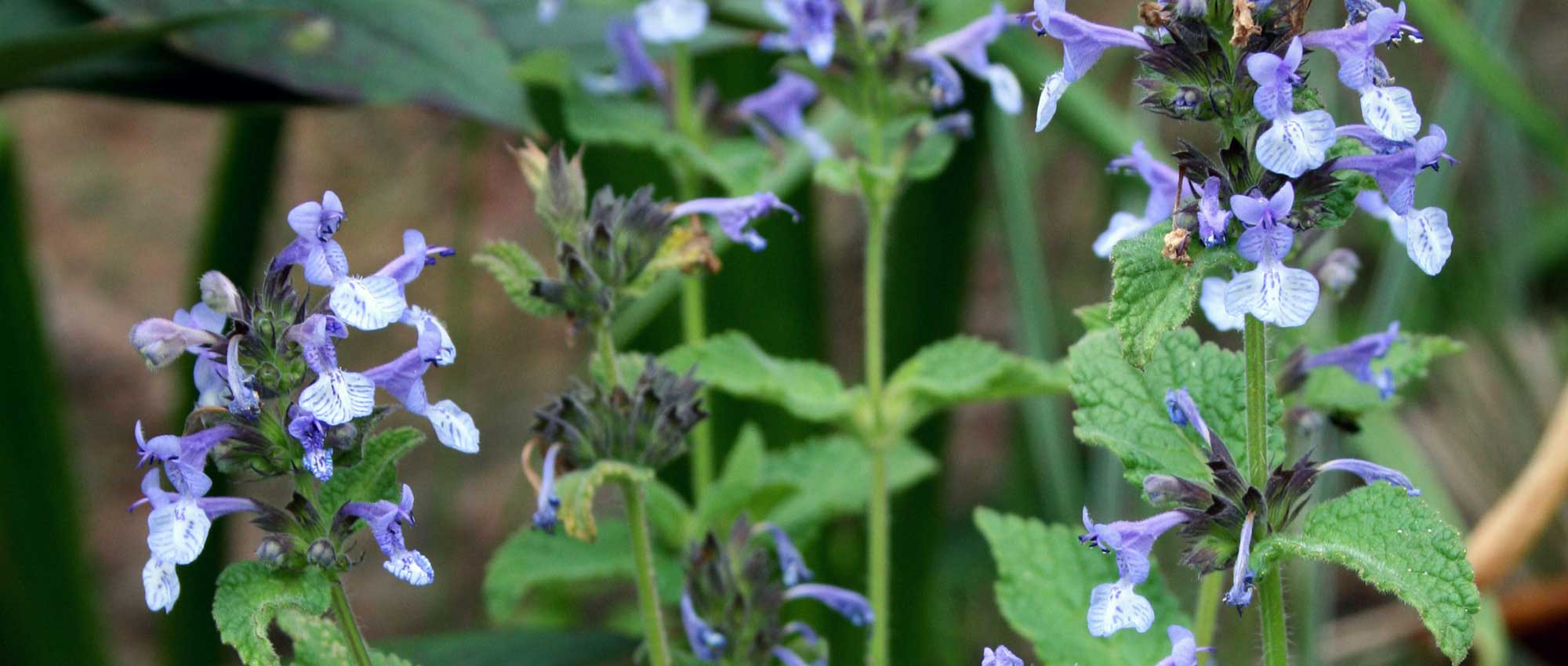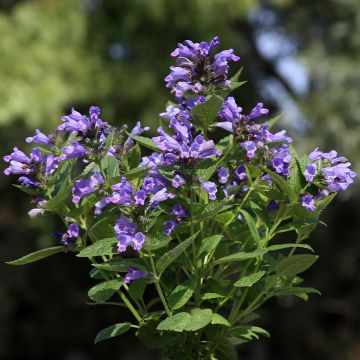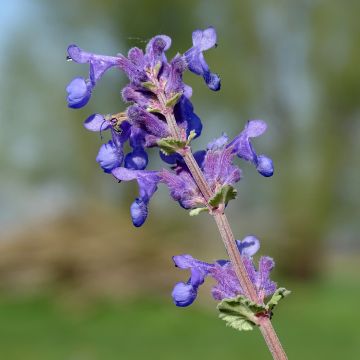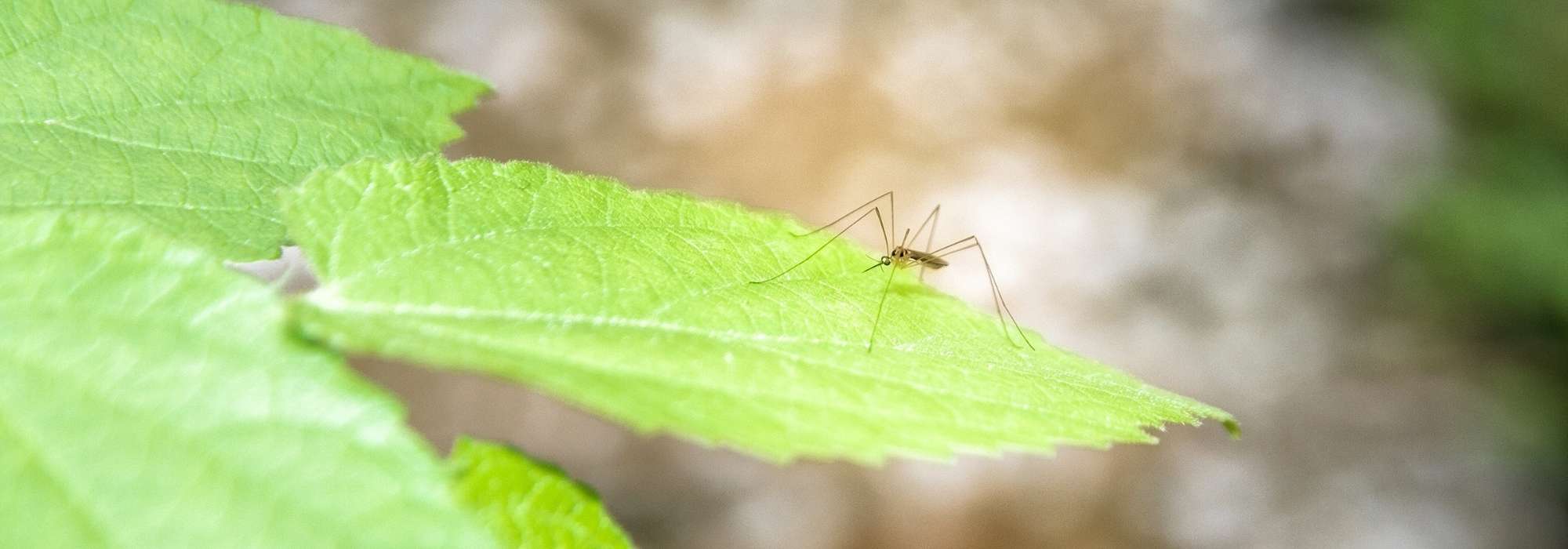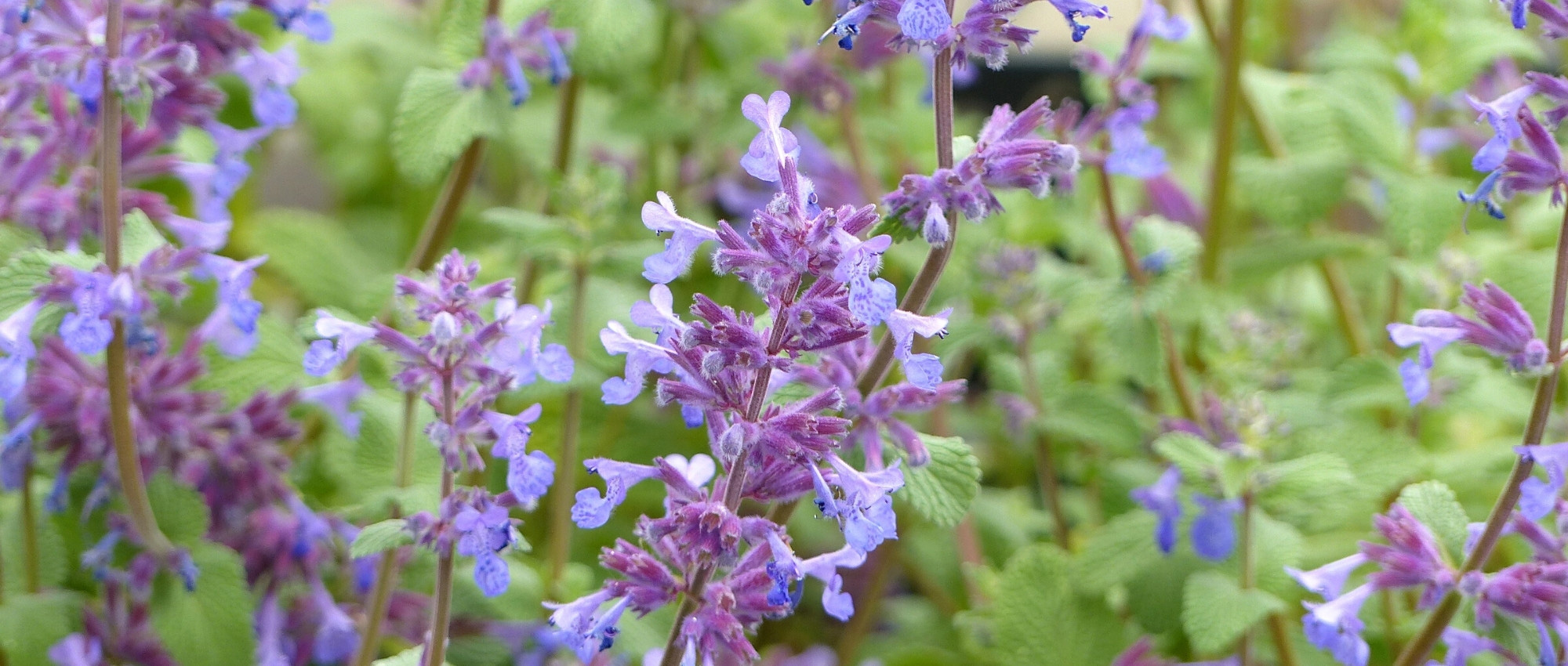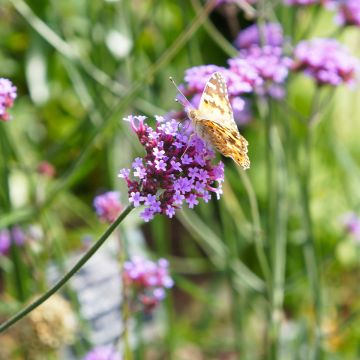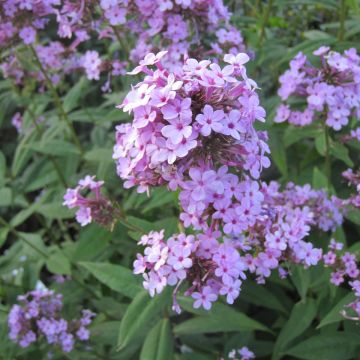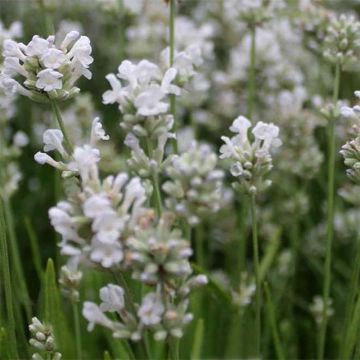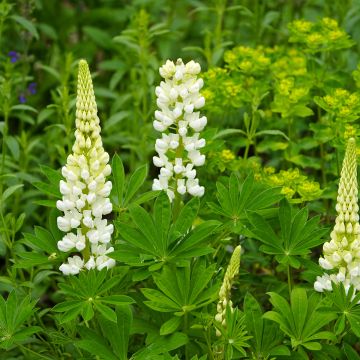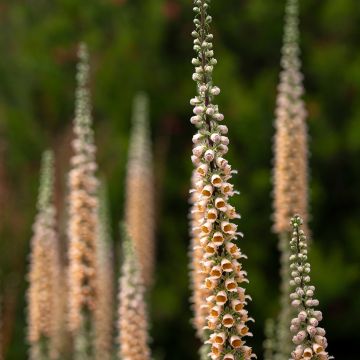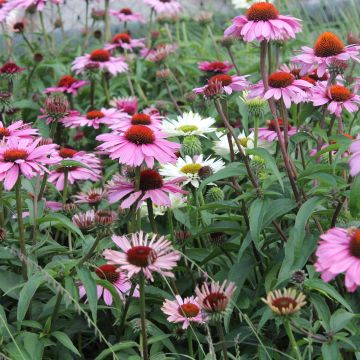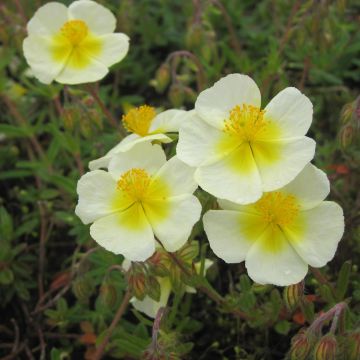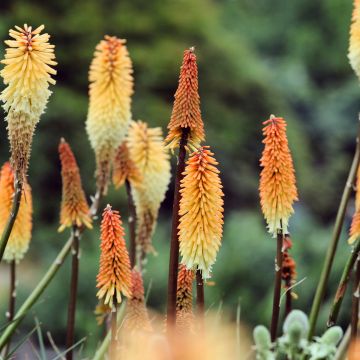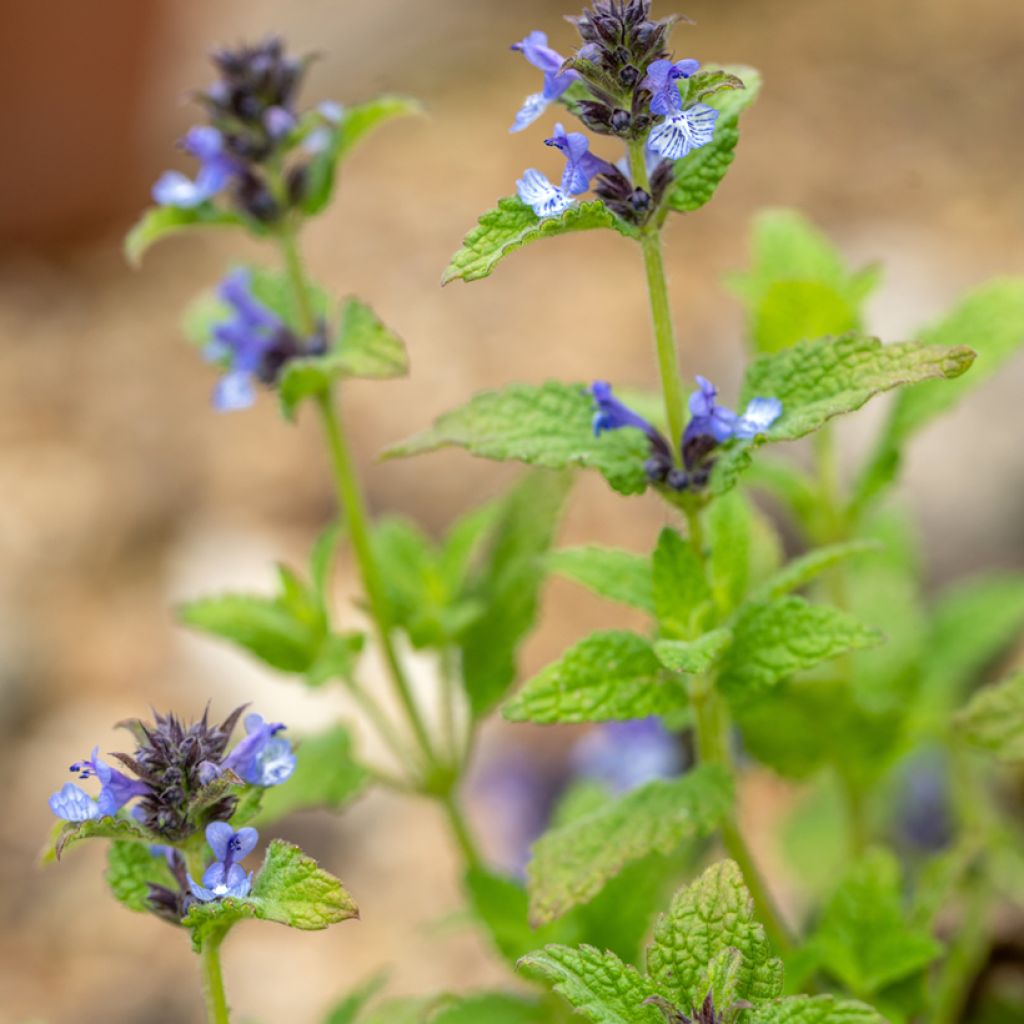

Nepeta clarkei - Catnip
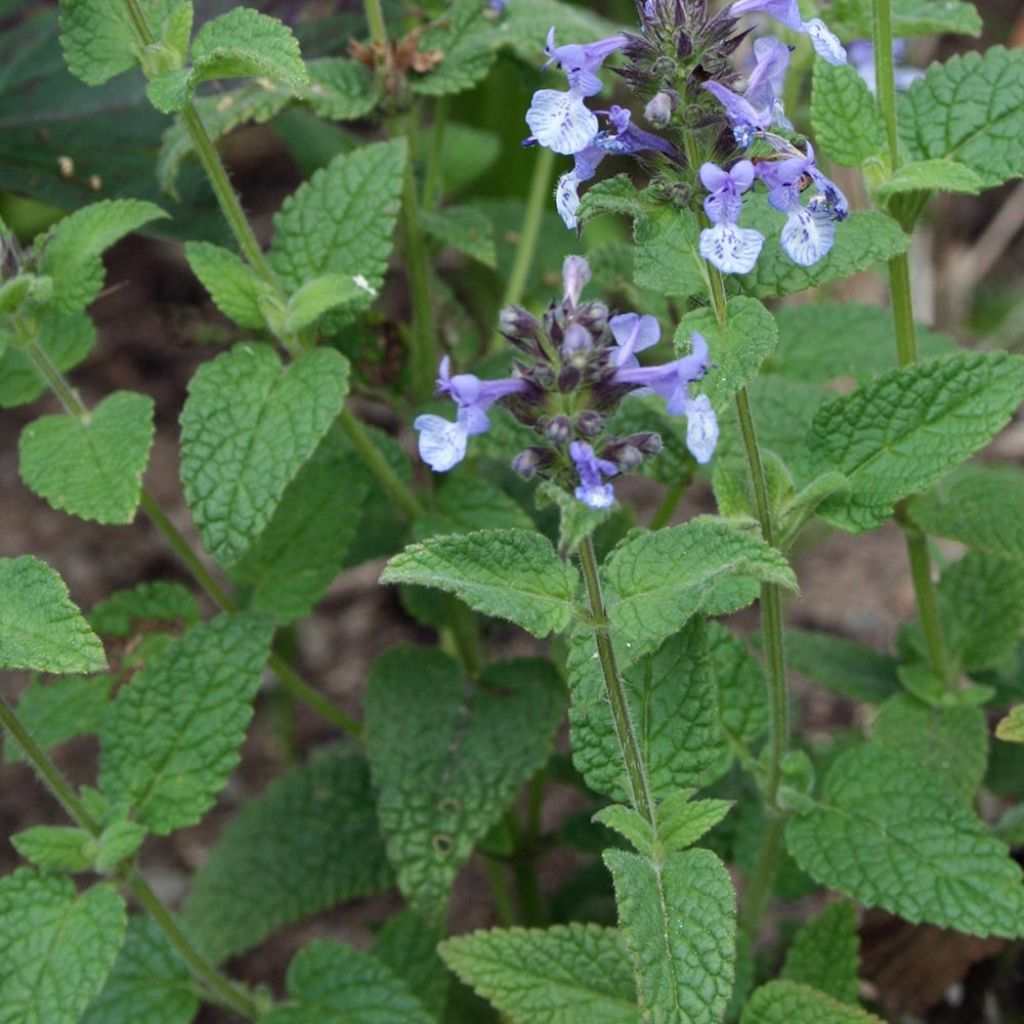

Nepeta clarkei - Catnip
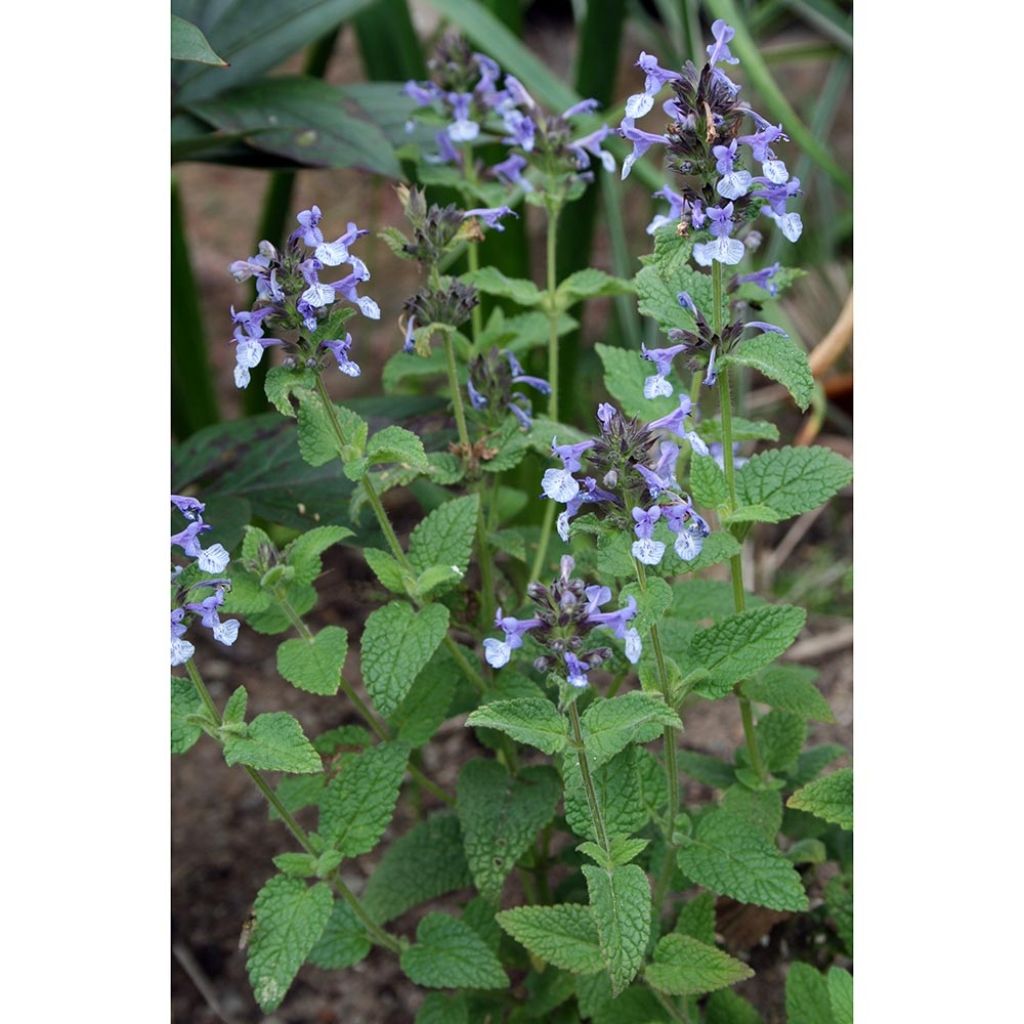

Nepeta clarkei - Catnip
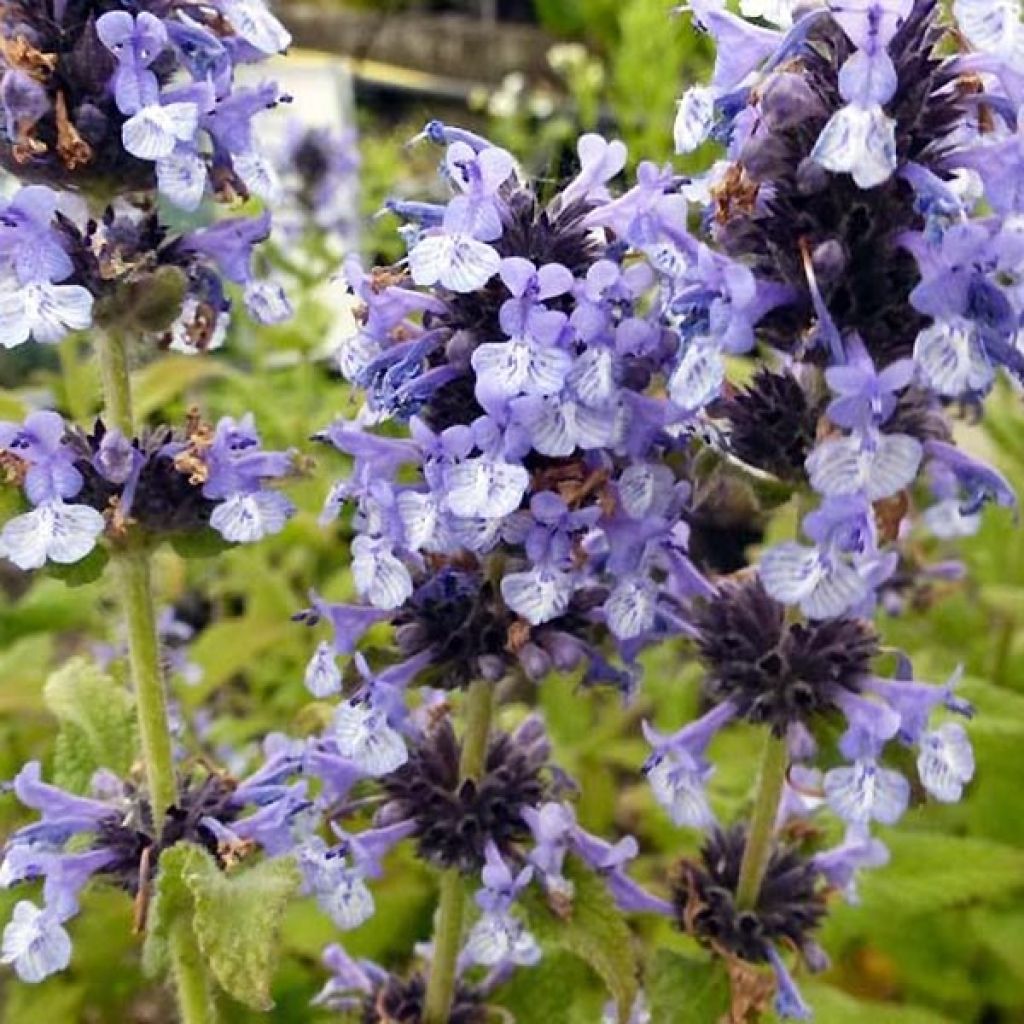

Nepeta clarkei - Catnip
Nepeta clarkei - Catnip
Nepeta clarkei
Catmint, Catnip
Special offer!
Receive a €20 voucher for any order over €90 (excluding delivery costs, credit notes, and plastic-free options)!
1- Add your favorite plants to your cart.
2- Once you have reached €90, confirm your order (you can even choose the delivery date!).
3- As soon as your order is shipped, you will receive an email containing your voucher code, valid for 3 months (90 days).
Your voucher is unique and can only be used once, for any order with a minimum value of €20, excluding delivery costs.
Can be combined with other current offers, non-divisible and non-refundable.
Why not try an alternative variety in stock?
View all →This plant carries a 12 months recovery warranty
More information
We guarantee the quality of our plants for a full growing cycle, and will replace at our expense any plant that fails to recover under normal climatic and planting conditions.
Does this plant fit my garden?
Set up your Plantfit profile →
Description
This Nepeta clarkei is a Himalayan Catmint, not well known despite its abundant flowering and ease of cultivation. This perennial plant forms a beautiful clump of leafy stems that become adorned in early summer with delicately bicoloured flowers, lavender-blue with a white throat. The crinkled leaves, aromatic when crushed, enhance the charm of this robust and generous plant which has its rightful place in a rural setting. Plant it in full sun in well-drained soil, alongside other carefree perennials such as salvias and perennial geraniums.
Nepeta clarkei is a perennial plant belonging to the family Lamiaceae. It is native to the high mountains of Pakistan, Kashmir, northwest India, and Tibet. Its natural habitat consists of rocky slopes and open, sunny areas alongside streams and lakes, up to an altitude of 3000m (9842ft). Very hardy, this species enjoys sunlight but dislikes excessively dry soils, as befits a mountain dweller.
It is a herbaceous perennial with a thick, woody rhizome, which from spring onwards produces numerous upright, branched leafy stems, reaching approximately 65cm (26in) in height (sometimes 80cm (32in) depending on growing conditions). The entire plant forms a dense clump measuring 60 to 70cm (24 to 28in) in width. The quadrangular stems are hairy near the base and bear more or less ovate to triangular, dentate-edged leaves, 5 to 7cm (2 to 3in) long and 1 to 4cm (1 to 2in) wide. The leaves are crinkled and strongly veined, slightly hairy, grey-green in color, and loaded with essential oil glands. Flowering generally begins in June and extends until July. The leafy stems produce dense clusters or whorls of small bilabiate flowers, measuring 1.5cm (1in), pale blue to mauve in colour, speckled with white, enclosed at the base in green to purple-violet bracts. The overall effect creates a beautiful medley of blue, white, and violet on the floral stems. This flowering is highly attractive to pollinating insects.
The Himalayan Catmint, like other Nepeta species, is a perfect plant for a carefree garden that creates space for wildlife. This unassuming plant is easy to combine in flowerbeds with other perennials (yarrow, penstemon, perennial geraniums, linaria, herbaceous salvias, gauras) or small flowering bushes such as bluebeards, mallows, or shrubby salvias, as well as with baptisias and dwarf buddleias.
Nepeta clarkei - Catnip in pictures
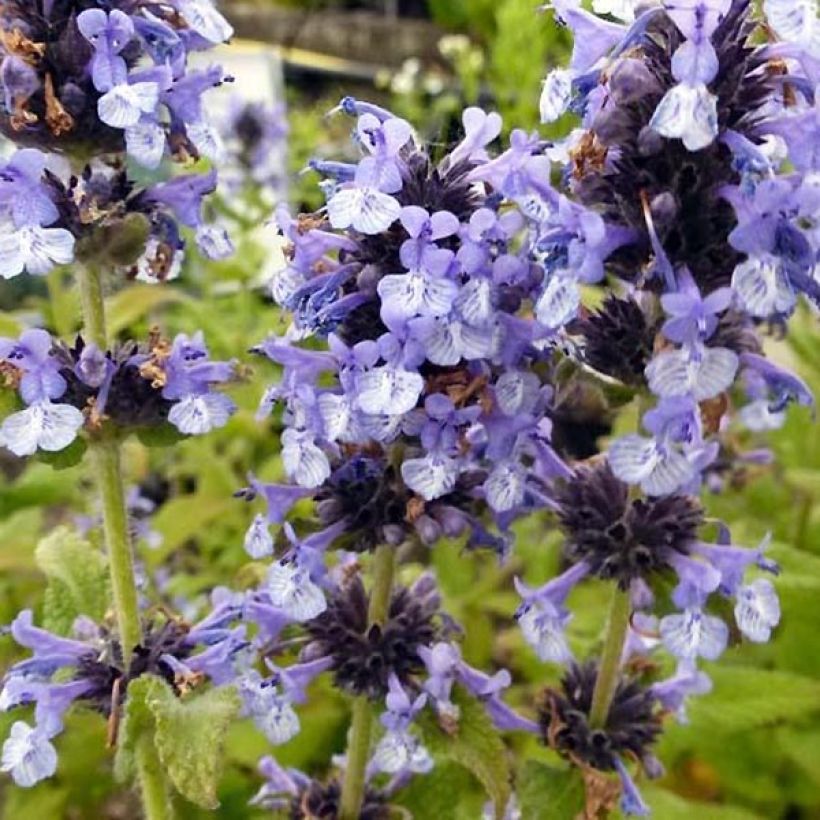

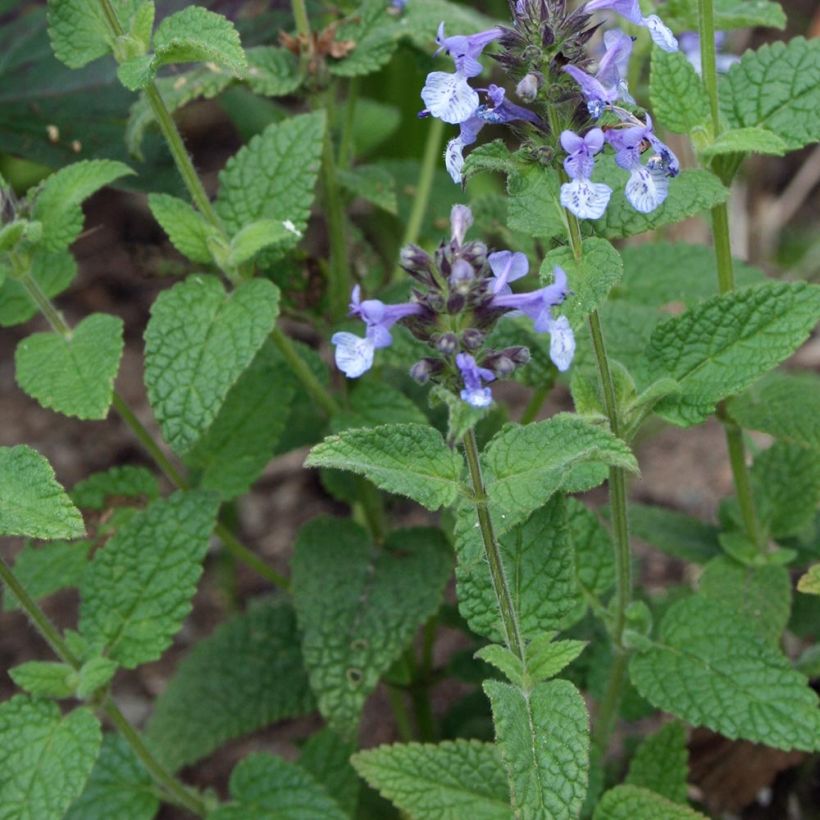

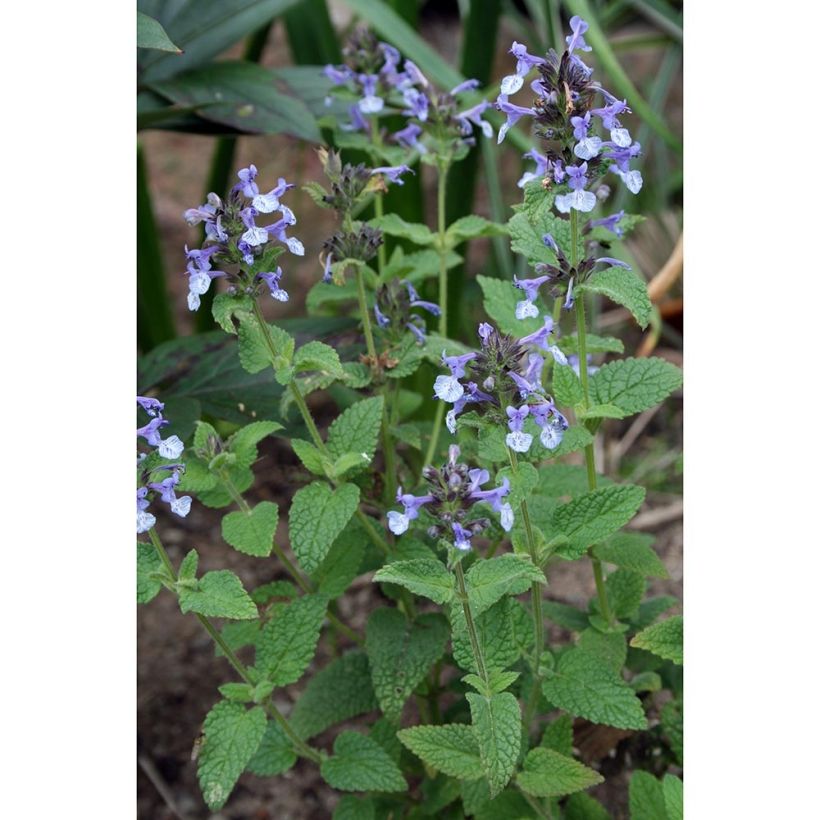

Flowering
Foliage
Plant habit
Botanical data
Nepeta
clarkei
Lamiaceae
Catmint, Catnip
Himalayas
Other Nepeta - Catnip
View all →Planting and care
Nepeta clarkei prefers light, well-drained soils and can adapt to poor, alkaline, sandy or loamy soils, moist but not too dry in summer. This montane perennial plant withstands cold very well but dislikes climates that are too hot and dry. This plant does not like heavy soils, or those that are waterlogged in winter. In heavy soil it will be necessary to elevate the plant by positioning your catmint in a rockery, above a wall, or in a raised bed with soil enriched with draining materials (gravel, clay balls, pumice, compost). Ideally install this catmint in full sun.
Planting period
Intended location
Care
Planting & care advice
This item has not been reviewed yet - be the first to leave a review about it.
Similar products
Haven't found what you were looking for?
Hardiness is the lowest winter temperature a plant can endure without suffering serious damage or even dying. However, hardiness is affected by location (a sheltered area, such as a patio), protection (winter cover) and soil type (hardiness is improved by well-drained soil).

Photo Sharing Terms & Conditions
In order to encourage gardeners to interact and share their experiences, Promesse de fleurs offers various media enabling content to be uploaded onto its Site - in particular via the ‘Photo sharing’ module.
The User agrees to refrain from:
- Posting any content that is illegal, prejudicial, insulting, racist, inciteful to hatred, revisionist, contrary to public decency, that infringes on privacy or on the privacy rights of third parties, in particular the publicity rights of persons and goods, intellectual property rights, or the right to privacy.
- Submitting content on behalf of a third party;
- Impersonate the identity of a third party and/or publish any personal information about a third party;
In general, the User undertakes to refrain from any unethical behaviour.
All Content (in particular text, comments, files, images, photos, videos, creative works, etc.), which may be subject to property or intellectual property rights, image or other private rights, shall remain the property of the User, subject to the limited rights granted by the terms of the licence granted by Promesse de fleurs as stated below. Users are at liberty to publish or not to publish such Content on the Site, notably via the ‘Photo Sharing’ facility, and accept that this Content shall be made public and freely accessible, notably on the Internet.
Users further acknowledge, undertake to have ,and guarantee that they hold all necessary rights and permissions to publish such material on the Site, in particular with regard to the legislation in force pertaining to any privacy, property, intellectual property, image, or contractual rights, or rights of any other nature. By publishing such Content on the Site, Users acknowledge accepting full liability as publishers of the Content within the meaning of the law, and grant Promesse de fleurs, free of charge, an inclusive, worldwide licence for the said Content for the entire duration of its publication, including all reproduction, representation, up/downloading, displaying, performing, transmission, and storage rights.
Users also grant permission for their name to be linked to the Content and accept that this link may not always be made available.
By engaging in posting material, Users consent to their Content becoming automatically accessible on the Internet, in particular on other sites and/or blogs and/or web pages of the Promesse de fleurs site, including in particular social pages and the Promesse de fleurs catalogue.
Users may secure the removal of entrusted content free of charge by issuing a simple request via our contact form.
The flowering period indicated on our website applies to countries and regions located in USDA zone 8 (France, the United Kingdom, Ireland, the Netherlands, etc.)
It will vary according to where you live:
- In zones 9 to 10 (Italy, Spain, Greece, etc.), flowering will occur about 2 to 4 weeks earlier.
- In zones 6 to 7 (Germany, Poland, Slovenia, and lower mountainous regions), flowering will be delayed by 2 to 3 weeks.
- In zone 5 (Central Europe, Scandinavia), blooming will be delayed by 3 to 5 weeks.
In temperate climates, pruning of spring-flowering shrubs (forsythia, spireas, etc.) should be done just after flowering.
Pruning of summer-flowering shrubs (Indian Lilac, Perovskia, etc.) can be done in winter or spring.
In cold regions as well as with frost-sensitive plants, avoid pruning too early when severe frosts may still occur.
The planting period indicated on our website applies to countries and regions located in USDA zone 8 (France, United Kingdom, Ireland, Netherlands).
It will vary according to where you live:
- In Mediterranean zones (Marseille, Madrid, Milan, etc.), autumn and winter are the best planting periods.
- In continental zones (Strasbourg, Munich, Vienna, etc.), delay planting by 2 to 3 weeks in spring and bring it forward by 2 to 4 weeks in autumn.
- In mountainous regions (the Alps, Pyrenees, Carpathians, etc.), it is best to plant in late spring (May-June) or late summer (August-September).
The harvesting period indicated on our website applies to countries and regions in USDA zone 8 (France, England, Ireland, the Netherlands).
In colder areas (Scandinavia, Poland, Austria...) fruit and vegetable harvests are likely to be delayed by 3-4 weeks.
In warmer areas (Italy, Spain, Greece, etc.), harvesting will probably take place earlier, depending on weather conditions.
The sowing periods indicated on our website apply to countries and regions within USDA Zone 8 (France, UK, Ireland, Netherlands).
In colder areas (Scandinavia, Poland, Austria...), delay any outdoor sowing by 3-4 weeks, or sow under glass.
In warmer climes (Italy, Spain, Greece, etc.), bring outdoor sowing forward by a few weeks.






























